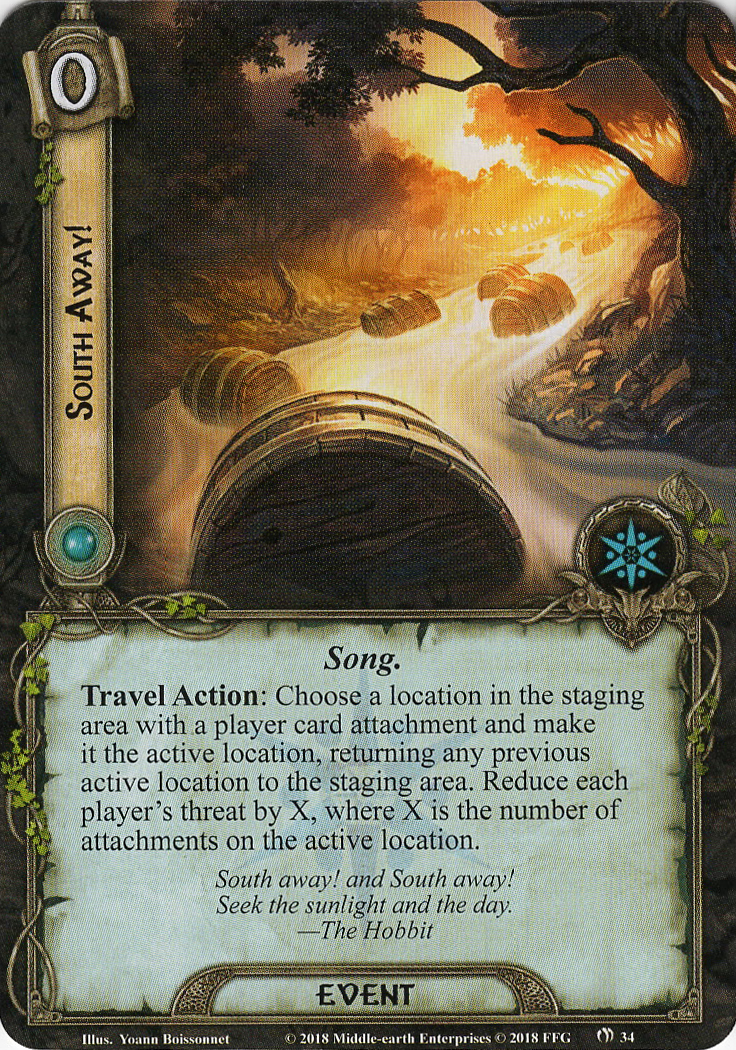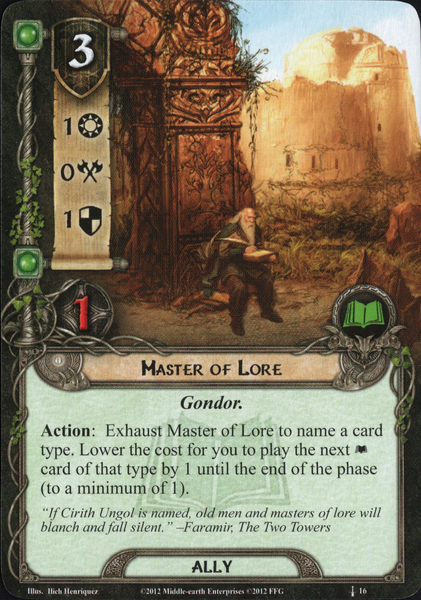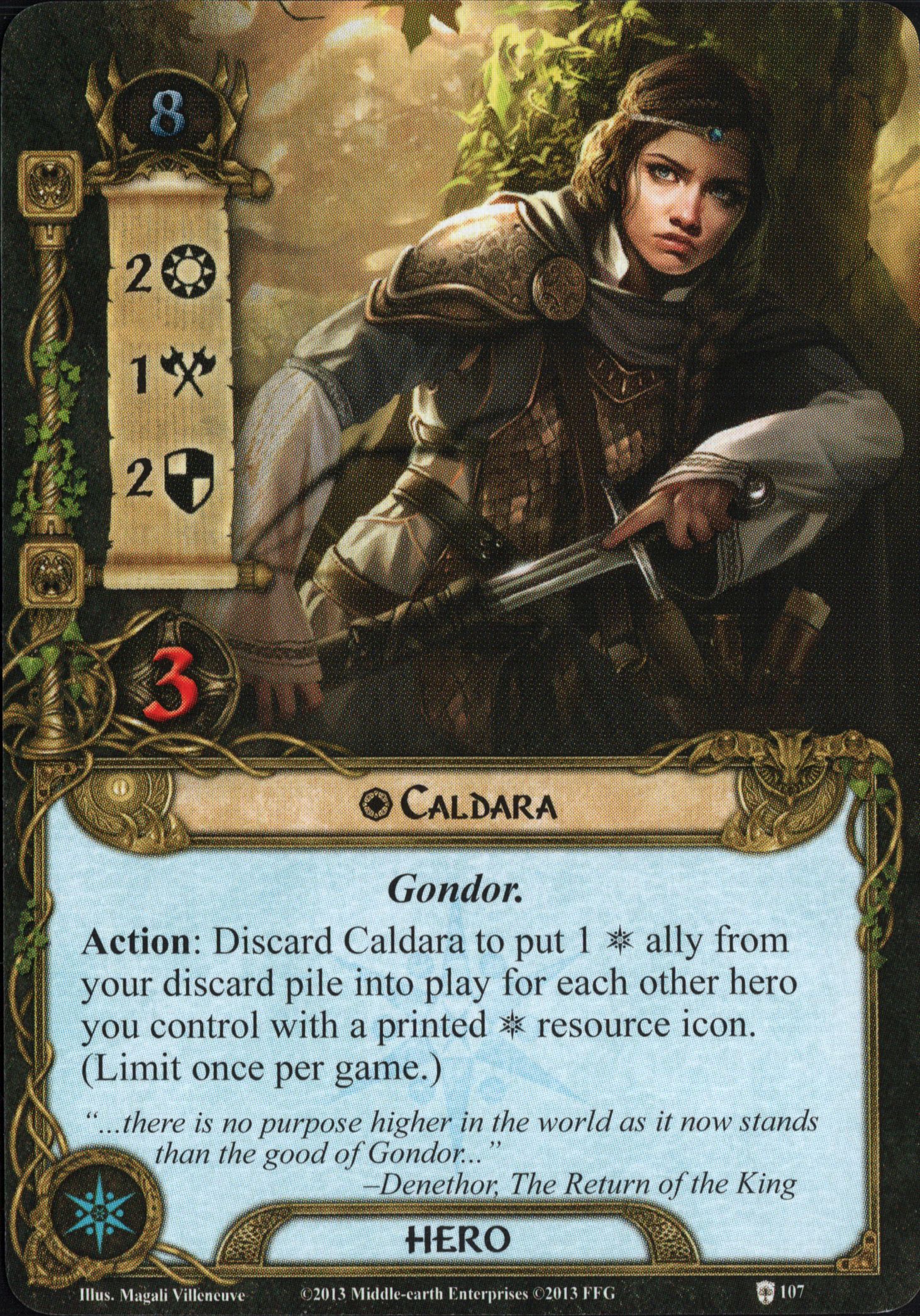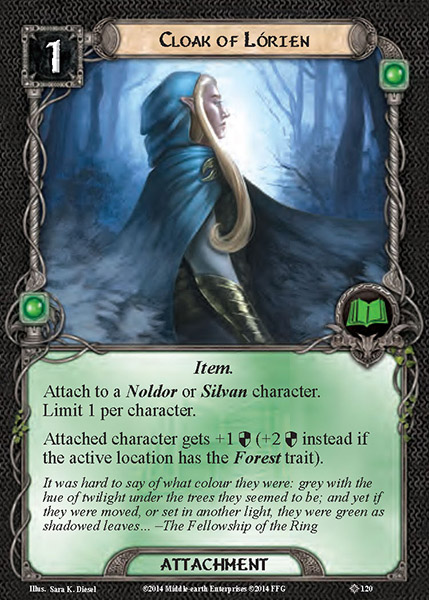The previous reviews have highlighted how well this card works with a unique Hobbit character. Even without such a character, this can be a wonderful card to help you find your key card(s) and set up your engine. But you know who hasn't been mentioned, who sings just as good a drunken song as any Hobbit? Gandalf, that's who!
If you play this card from the top of your deck, it completely replaces your whole hand, just like it would if you controlled a unique Hobbit. What's more, Gandalf loves cheap events that he can play when not in the planning phase to maximize his ability and give pseudo-card draw.
What's more, if you are in control of both Gandalf and a unique Hobbit and play Drinking Song from the top of your deck, this acts as actual card draw: you replace your hand fully, draw one more card due to your unique Hobbit, and even expose a new card on top of your deck that you might be able to play. Consistency, card draw, you could even generate resources in combination with Love of Tales, what's not to love?




